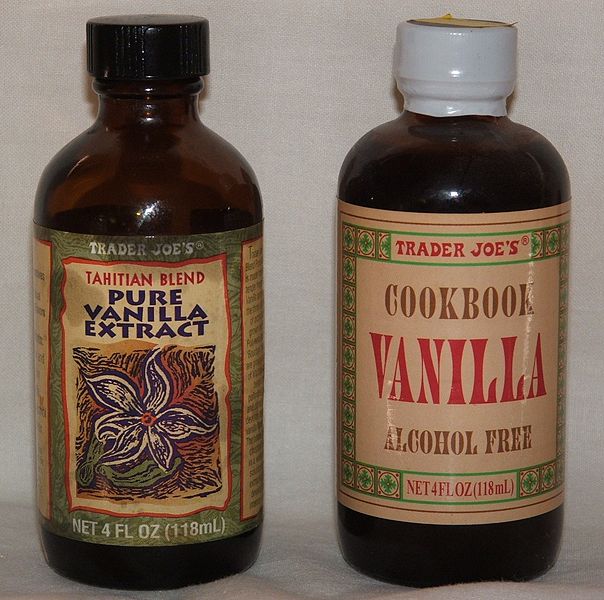In the very near future, we might get vanilla from a source that sounds pretty gross, but is also incredibly environmentally friendly.
Do you love the way old books smell—musty and slightly smoky, but just a little bit spicy and sweet? (It’s what the BRI Headquarters smells like…really!) There’s actually a technical explanation for old book smell. It’s comes from a chemical called lignin, which is found in wood pulp. Wood pulp is used to make paper, and in that process, lignin gets exposed to air, or oxidizes. The oxygen in the air starts a chemical reaction in the lignin, and creates another chemical, called vanillin, which is one of the main compounds in vanilla. Old books smell slightly like vanilla, which scientists say is one of the most pleasing scents to the human nose.

Neither process is particularly good for the environment, or for human consumption. But now there’s an alternative, using something the world has plenty of: wood pulp…as in sawdust. Using ionic liquids (liquid salts), two scientists at University Putra in Malaysia passed the lignin in wood pulp through bubbling water. Then, the salts helped them attract, identify, and collect the vanillin. It sounds gross but in other words, they’ve figured out a way to turn sawdust into a natural, virtually chemical-free source of vanilla. Theoretically, as long as there is wood and wood products, there could be a nearly unlimited source of vanilla. That is, if people can get over the fact that their lattes and cupcakes were flavored with sawdust.







